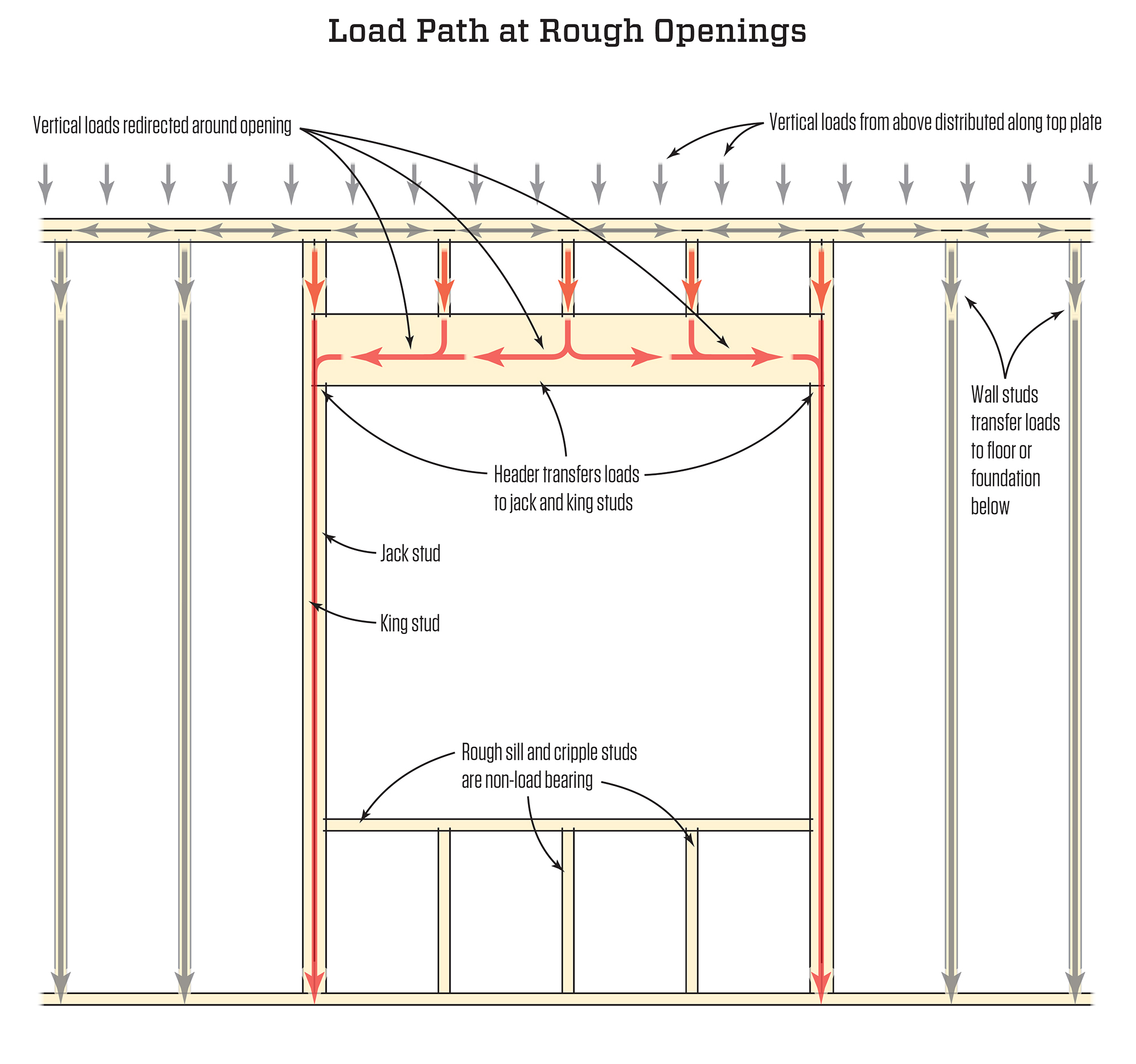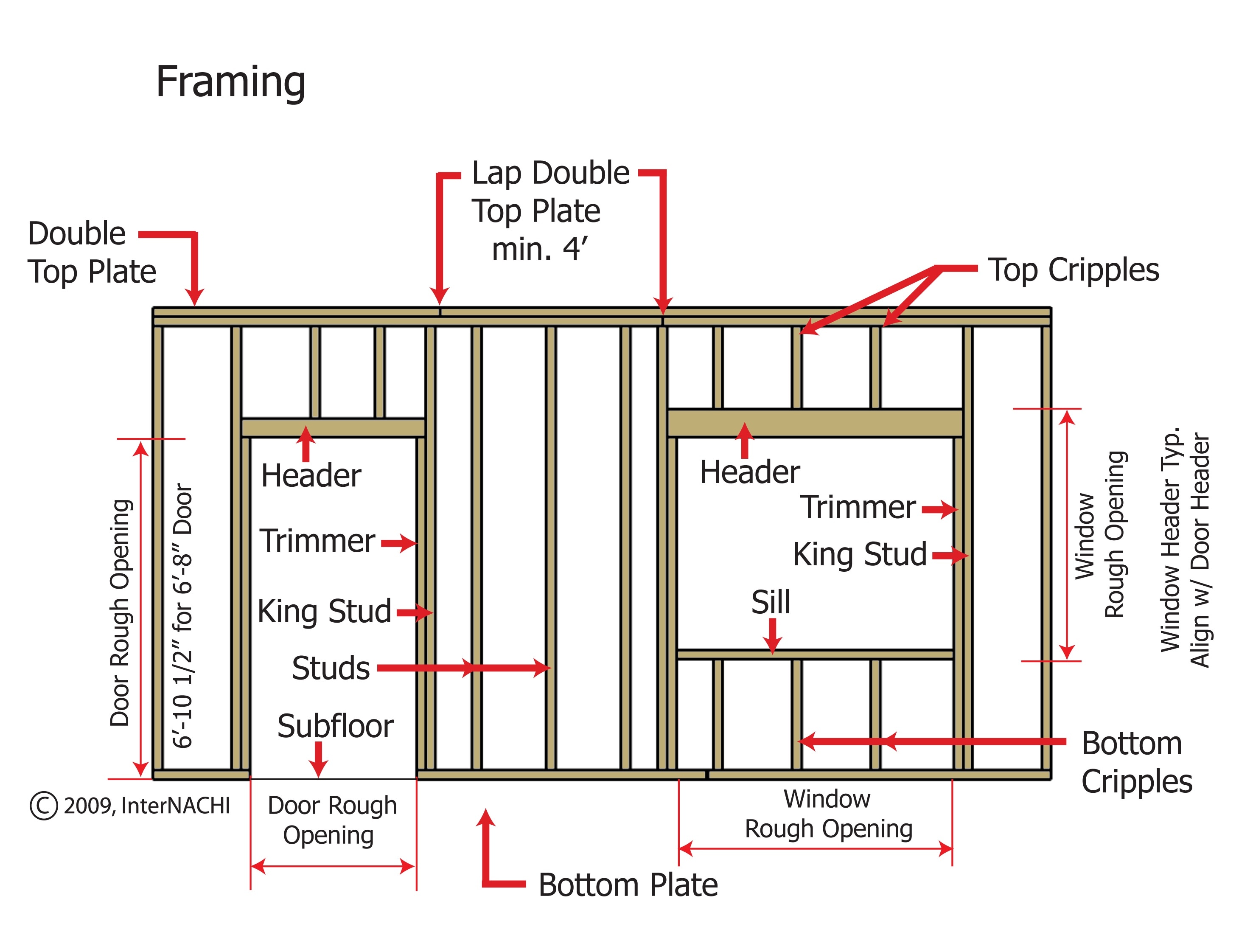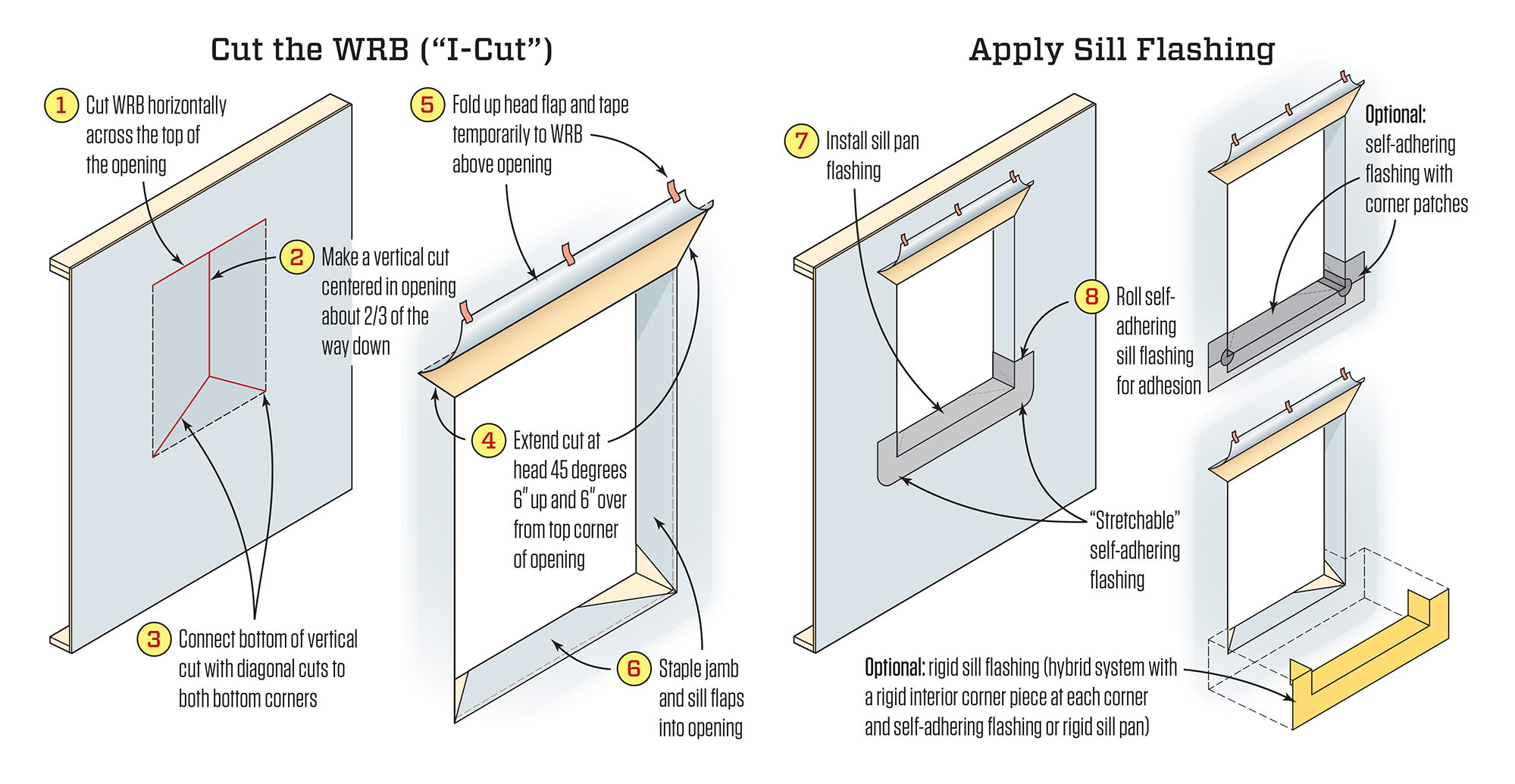Understanding Rough Openings for Bedroom Doors: Rough Opening For Bedroom Door

A rough opening is the framed space in a wall that houses a door and its frame. It’s the foundational structure that ensures a secure and properly functioning door installation.
Importance of Accurate Rough Opening Dimensions
Accurate rough opening dimensions are crucial for seamless door installation. If the rough opening is too small, the door won’t fit, leading to potential damage during installation or a poorly fitted door. On the other hand, a rough opening that’s too large will result in a loose-fitting door that might not close properly or be susceptible to drafts.
Standard Rough Opening Sizes for Bedroom Doors
- Single Bedroom Doors: The standard rough opening for a single bedroom door is typically 32 inches wide by 80 inches high.
- Double Bedroom Doors: For double bedroom doors, the standard rough opening is generally 64 inches wide by 80 inches high.
Calculating Rough Opening Size
To calculate the required rough opening size, you need to consider the door’s dimensions and the jamb thickness. The jamb is the frame that surrounds the door, and its thickness adds to the overall width and height of the opening.
- Width: Add the door width, jamb thickness on both sides, and a 1/2-inch clearance on each side. This clearance allows for proper door swing and installation.
Rough opening width = Door width + (2 x Jamb thickness) + (2 x 1/2 inch clearance)
- Height: Add the door height, jamb thickness, and a 1-inch clearance at the top. This clearance accommodates the door’s hinges and allows for proper installation.
Rough opening height = Door height + Jamb thickness + 1 inch clearance
Factors Affecting Rough Opening Dimensions

The dimensions of a rough opening for a bedroom door are not fixed but are determined by several factors. These factors ensure that the door can be installed correctly, operates smoothly, and fits seamlessly within the wall.
Door Frame Types
The type of door frame significantly influences the required rough opening dimensions.
- Standard Jambs: These are the most common type of door frame and consist of two vertical jambs and a horizontal header. The jambs are typically 4-1/8″ wide, and the header is 6-1/8″ wide. The rough opening for a standard jamb door is typically 2-1/2″ wider than the door width and 2-1/4″ higher than the door height.
- Mitered Jambs: These jambs have a mitered edge, which creates a more decorative look. Mitered jambs usually require a slightly larger rough opening than standard jambs, typically 2-3/4″ wider than the door width and 2-1/2″ higher than the door height.
- Pocket Doors: These doors slide into a pocket within the wall, requiring a significantly larger rough opening. The rough opening needs to accommodate the width of the door, the thickness of the wall, and the space needed for the pocket itself. The required rough opening is typically 2-3/4″ wider than the door width and 2-1/2″ higher than the door height, plus an additional 1-1/2″ to 2″ for the pocket depth.
Door Swing Direction
The direction in which a door swings, either inward or outward, affects the required rough opening dimensions.
- Inward Swinging Doors: These doors swing into the room and typically require a smaller rough opening than outward swinging doors. The rough opening should be at least 2-1/4″ wider than the door width and 2-1/2″ higher than the door height.
- Outward Swinging Doors: These doors swing out of the room and require a larger rough opening. The rough opening should be at least 2-3/4″ wider than the door width and 2-1/2″ higher than the door height.
Door Hardware, Rough opening for bedroom door
Door hardware, including hinges, handles, and locks, also affects the required rough opening dimensions.
- Hinges: The type of hinges used on the door can affect the width of the rough opening. For example, some hinges require a larger space than others. Typically, a rough opening should be at least 2-1/4″ wider than the door width and 2-1/2″ higher than the door height, to accommodate the hinges.
- Handles and Locks: The handles and locks used on the door also affect the rough opening dimensions. The rough opening should be large enough to allow the handles and locks to operate freely. Typically, a rough opening should be at least 2-1/4″ wider than the door width and 2-1/2″ higher than the door height, to accommodate the handles and locks.
Wall Thickness and Insulation
The thickness of the wall and the presence of insulation also influence the required rough opening dimensions.
- Wall Thickness: The thicker the wall, the larger the rough opening needs to be. The rough opening should be large enough to accommodate the door frame, the thickness of the wall, and any insulation. The rough opening should be at least 2-1/4″ wider than the door width and 2-1/2″ higher than the door height, plus the thickness of the wall and insulation.
- Insulation: The presence of insulation within the wall also affects the rough opening dimensions. The rough opening should be large enough to accommodate the insulation. Typically, the rough opening should be at least 2-1/4″ wider than the door width and 2-1/2″ higher than the door height, plus the thickness of the insulation.
Practical Considerations for Bedroom Door Rough Openings

Creating a rough opening for a bedroom door requires careful planning and execution to ensure proper fit, functionality, and structural integrity. This section will delve into practical considerations, including recommended dimensions for various door types, a step-by-step guide for measuring and marking, the importance of framing and support, and techniques for adjusting the rough opening if necessary.
Recommended Rough Opening Dimensions for Bedroom Doors
The recommended rough opening dimensions for bedroom doors vary depending on the type of door being installed. The table below provides a general guideline for common bedroom door types:
| Door Type | Width (in) | Height (in) |
|---|---|---|
| Solid Door | 32.25 | 80.25 |
| French Doors | 64.5 | 80.25 |
| Sliding Door | 36 | 80.25 |
Measuring and Marking the Rough Opening
Accurately measuring and marking the rough opening is crucial for a successful installation. Follow these steps to ensure precise measurements:
- Determine the Door Size: Measure the width and height of the door you will be installing, including any additional trim or molding.
- Add the Necessary Clearances: Add the following clearances to the door dimensions:
- Width: 1.5 inches for a solid door, 2 inches for a French door, and 2.5 inches for a sliding door.
- Height: 2 inches for all door types.
- Mark the Rough Opening: Use a level and pencil to mark the rough opening dimensions on the wall. Ensure the opening is plumb and square.
Importance of Proper Framing and Support
The framing around the rough opening provides essential support for the door and its hardware. It is crucial to ensure that the framing is strong enough to handle the weight of the door and resist any potential movement or settling.
Properly framed rough openings provide stability and prevent the door from sagging or becoming misaligned.
Adjusting the Rough Opening Size
In some cases, the rough opening may need to be adjusted to accommodate the door or to address any discrepancies in the wall structure.
- Enlarging the Rough Opening: To enlarge the rough opening, carefully cut away portions of the existing framing using a saw. Ensure that the framing remains strong and stable after making the adjustments.
- Reducing the Rough Opening: To reduce the rough opening, add additional framing members to the existing structure. This may involve shimming or using specialized framing techniques to achieve the desired dimensions.
